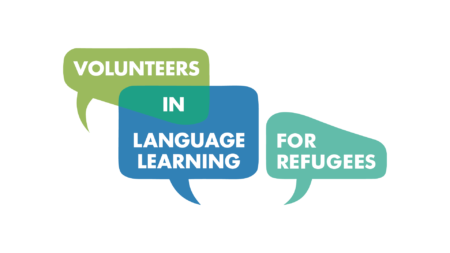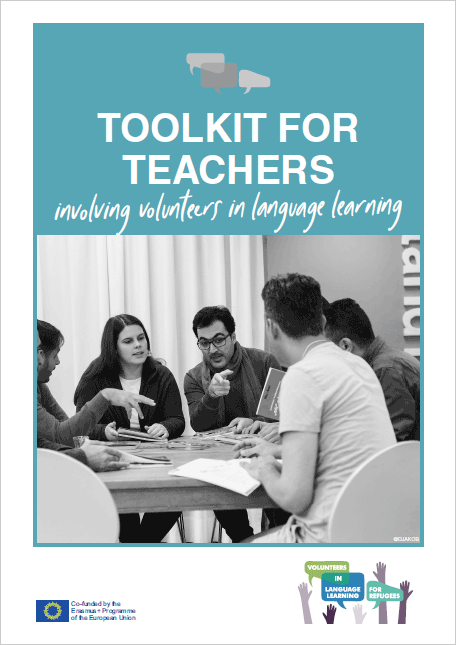Volunteer Recruitment

How do you find suitable volunteers (or let them find you)? Some teachers may have a volunteer coordinator in their organisation to take care of this. For those teachers undertaking volunteer recruitment themselves, below are some points to consider.
Before you start
If you’re a teacher working in an organisational context, it can be useful to have clarity about the organisational norms and procedures for working with volunteers. This can include establishing who the teacher should refer to:
- To ask for a volunteer
- To discuss best practice around using volunteers in their teaching
- To discuss the challenges regarding their volunteer
- To stop working with a particular volunteer
The role that a teacher plays in their volunteers’ recruitment, induction and training will depend on institutional context. Even if all three of these aspects are the responsibility of a volunteer coordinator, we would highly recommend that teachers request access to information about their incoming volunteer and have a chance to meet with them before they introduce them to students.
Recruitment
Recruitment usually involves advertising your need for a volunteer, receiving applications and then choosing (a) volunteer(s) from the applications. Obviously, volunteers are giving up their time and it can seem harsh to subject them to a lengthy or grueling application process. However, it may turn out that there are many more people interested in helping out than you’re able to accommodate and some selection process is therefore necessary. And even if this isn’t the case, recruitment is a chance to get a sense of your volunteer before they enter your classroom. This is highly recommended! You have a right to be discerning about who comes into your classroom - for the sake of you, the students and the volunteer themselves!
Application process
It’s useful to consider how would-be volunteers are going to find you. And once you’re in touch, how are you going to learn about them and whether they’re right for the role?
This of course depends on your context and the number of would-be volunteers available, but a typical recruitment process might involve:
- Advertising the role, responsibilities involved and essential and desirable qualities
- An application process that involves filling out an application form or writing a cover letter that addresses a number of questions and/or
- An initial screening meeting or interview
An alternative to stages 2 and/or 3 would be to hold an open meeting for all would-be volunteers. This meeting could be used to provide applicants with more information about the role, and double up as a training that will help volunteers work well with you. It could also be a chance for you to meet would-be volunteers and get a sense of them. If applicants are still interested after attending this meeting, they could then fill out an application form or just get started.
Do you whant to learn more about Volunteer Recruitment?
Download the entire article as PDF file
Download the entire Toolkit for Teachers as PDF file
"I don’t want to deny anyone volunteering, but I’d like to ask critical questions sometimes – volunteers often come out of working in schools, many from teaching at primary school level, then do things with the refugees as if they’re 6 year old children, which doesn’t fit for 18 year old 19 year old young people, and I think this is a problem of attitude: How do I approach refugees, do I see them as poor protectable beings to be cared for, mothered or fathered, or do I see them as equal partners?"
Language teacher, Austria



